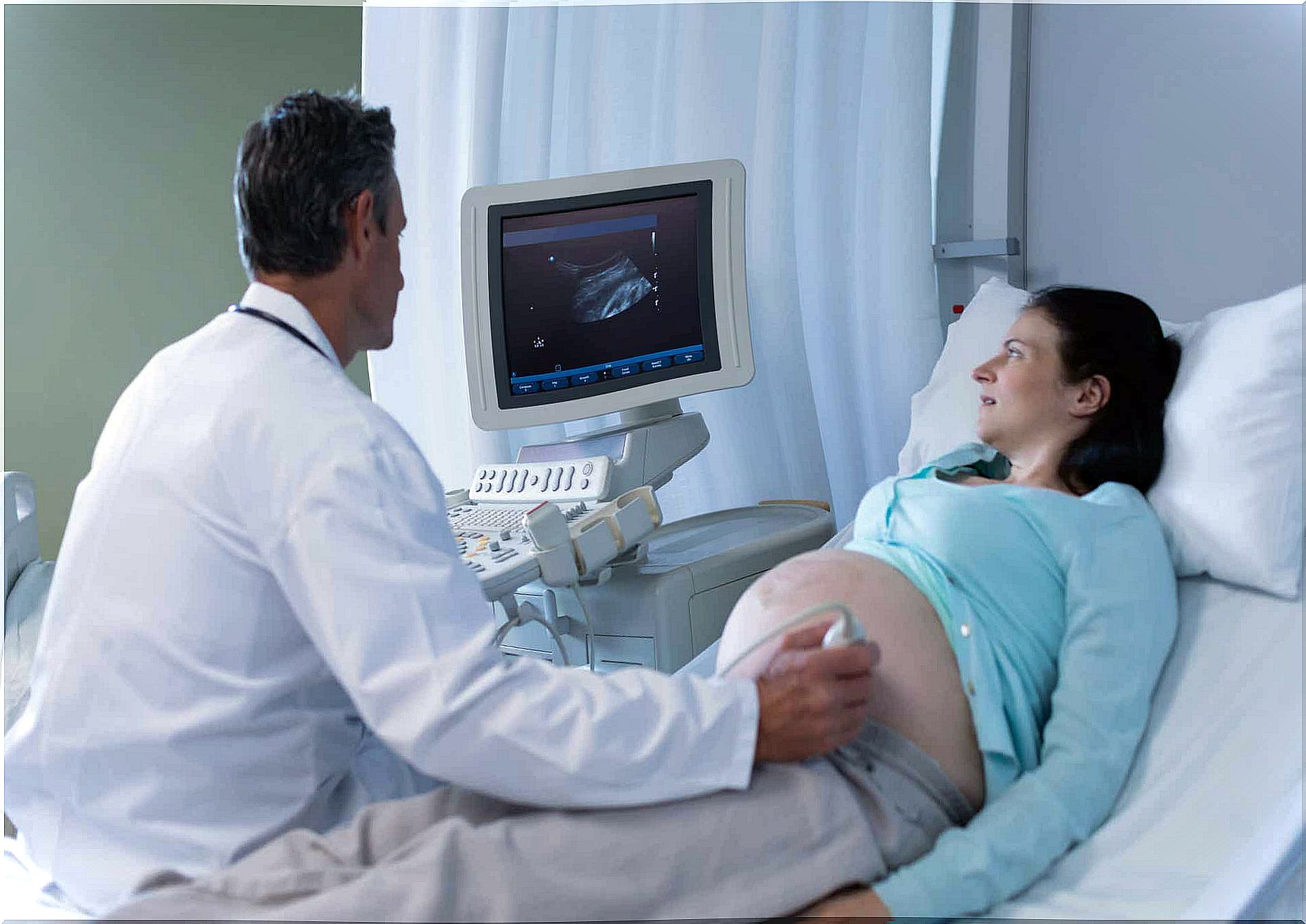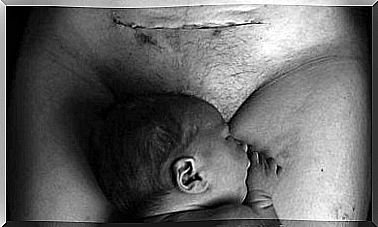How A Baby’s Lungs Are Formed

The lungs are two structures in the thorax that are a fundamental part of the respiratory system. The rest of the respiratory tract (such as the larynx and windpipe) and the respiratory muscles are also part of this system. Did you know that developing a baby’s lungs is a complex process?
In fact, it is not until the last weeks of pregnancy that the baby gains the ability to breathe on its own. This is one of the reasons why premature births are dangerous.
If you would like to learn a little more about this fundamental development process, as well as some basic concepts about how the human body works, we invite you to read on.
What is Fetal Lung Maturation?

Like any other organ or system, the maturation of the baby’s lungs is progressive and depends on several factors. These organs are essential for life, so by the time of birth they must be sufficiently developed to allow for ventilation.
The latter process depends not only on the lungs, but also on the integrity of the respiratory muscles. The intercostals (ribs) and diaphragm are representative examples within this group.
In the lungs are air-filled sacs called alveoli. In order for air to come in and go out without collapsing, they need a thin layer of liquid called a surfactant.
It is important to know all these concepts, because the correct development of the respiratory system depends on the integrity of all these structures and substances. If there is a risk of preterm birth, doctors may prescribe steroids to speed up some of this development.
How do the baby’s lungs develop?
The development of the baby’s lungs occurs in several stages, the first of which is the appearance and growth of the bronchi. These structures are part of the airways and are responsible for transferring air from the trachea to the alveoli (and vice versa).
These bronchi gradually decrease in size and form structures that basically perform the same function. An example is the bronchioles, which develop gradually until they reach the alveoli.
The surfactant starts to be produced when the first sacs have already formed. This process relies on special cells that line the surface of the alveoli.
Why can it save the baby’s life?
Although the lungs are vital, their development is slow. This is understandable given their complexity and importance. In general, they are not ready to function in the extra-uterine environment before 34 weeks.
For this reason , when doctors detect a case of imminent preterm birth, mothers usually receive preventive treatment. This includes the administration of intramuscular glucocorticoids to promote the development of these organs.
Although these drugs usually have an immunosuppressive effect, studies have shown (Spanish link) that they improve the synthesis of pulmonary surfactants during pregnancy. Thanks to this fabric, the alveoli do not collapse during the ventilation process, so that the future baby can breathe sufficiently without ventilator support.
This does not mean that these babies do not require special care at birth. Most preterm births require a stay in a neonatal intensive care unit (NICU), regardless of whether the baby appears normal.
Timeline of Lung Development in Infants

To make this process more instructive, let us now introduce you to the different stages of lung development and how they relate to the different weeks of pregnancy:
- Embryonic: This phase runs from week 3 to week 6. The stem cells begin to form small, ill-defined structures that will become the lungs in the coming weeks.
- Pseudoglandular: from week 7 to 16. The bronchial tree mentioned above begins to develop, first with the larger structures (main bronchi) and then with the smaller ones.
- Canalicular: This phase lasts from week 17 to 27. The bifurcation of the airways begins to become more and more specialized, with the formation of some small alveolar sacs and some surfactants.
- Alveolar: from week 28. The appearance of more alveolar sacs, once the larger structures of the bronchial tree are ready, characterizes this phase. Naturally, this process is accompanied by the production of surfactants.
While it may seem like everything ends at birth, in reality it doesn’t. Many organs, including structures of the cardiorespiratory apparatus, continue to develop shortly after birth. This is the case with some alveolar sacs, which can continue to form even during the first two years of a baby’s life.
A baby’s lungs are complex and valuable organs
Although the lungs do not appear very extensive at first glance, they are complex microscopically. Therefore, their formation is far from simple. For a good development, following the instructions of the midwife is essential, just like regular prenatal care.








